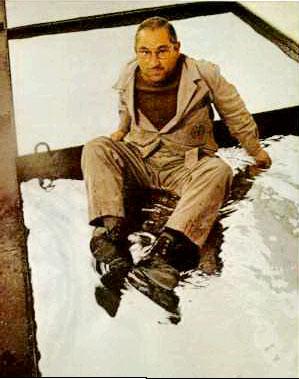Avoid using zinc dust and sufur both on the same area. The mixture is rocket fuel.



| Quote: |



 . Don't think too
lightly about this. In the long run the mercury will do big damage to your health (and to your home-mates, family or whoever live with you).
. Don't think too
lightly about this. In the long run the mercury will do big damage to your health (and to your home-mates, family or whoever live with you). | Quote: |
| Quote: |
 In days of yore mercury was commonly available, but now the chemophobics have
promoted hysteria by using the mass media
In days of yore mercury was commonly available, but now the chemophobics have
promoted hysteria by using the mass media  Copper also amalgates Hg according to
several patents, a visit to a good science library will verify this matter
Copper also amalgates Hg according to
several patents, a visit to a good science library will verify this matter 
| Quote: |
 What is your source of this misinformation
What is your source of this misinformation 
| Quote: |